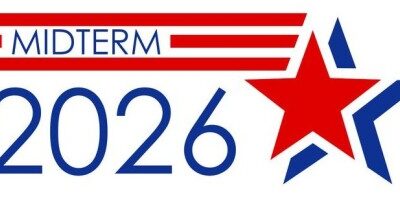One reason for anti-EPA riders
There’s been a lot of (appropriate) outrage over the efforts in the past year and a half by House Republicans to gut environmental protections through the use of appropriations riders. Those efforts might well continue in the next appropriations cycle, especially since bashing the EPA is apparently a popular election-year activity for Republicans. One of the targets of those riders [pdf]has been the efforts by EPA to deal with interstate air pollution (predominantly ozone and particulate matter pollution in the Northeast that is produced by major fossil fuel power plants in the Midwest and the South). The specific EPA regulatory efforts are EPA’s Cross-State Air Pollution Rule and a trading program for nitrous oxides.
What might have been overlooked in all the controversy is precisely how pathbreaking EPA’s regulatory efforts are here. Interstate air pollution has long been seen by economists and public health professionals as one of the areas where government intervention has the highest benefits (far exceeding the costs of the regulation), including lives saved. Legal scholars have long argued that the strongest justification for federal environmental regulation is precisely to address these kinds of interstate air pollution spillovers [subs. req.].
Yet for decades, EPA did nothing. Petitions by Northeastern states for stricter regulation of pollution in upwind states were routinely rejected by the EPA, even though the upwind pollution was a primary reason why Northeastern states were unable to comply with federal air quality standards. Efforts by Canada and Northeastern states for EPA regulation to reduce acid rain caused by Midwestern power plant emissions were rejected by the Reagan Administration throughout the 1980s.
Congress finally did partially address the problem of acid rain in the 1990 Clean Air Act amendments, when it created a now-famous tradeable emissions permit system to reduce the sulfur dioxide emissions from power plants that are a major contributor to acid rain. But even after those reductions were fully implemented in the early 2000s, economists and scientists made clear that much deeper reductions were warranted [pdf].
Why was it so hard to make progress on a problem that economists, scientists, public health researchers, and legal scholars all agreed demanded federal regulatory intervention? The politics are incredibly difficult. Everyone knew that, overall, Northeastern states would benefit from stricter regulations, and Midwestern and Southern states would pay a relatively heavy cost. Even though from a national perspective the benefits of regulation far outweighed the costs, upwind states might well have paid more in terms of compliance costs than they would receive in terms of air quality benefits.
To its credit, the Bush Administration was making efforts to deal with this intractable problem. And the Obama Administration has continued those efforts. But given the politics, and how long its taken to get this far, it’s probably no surprise that House Republicans from Midwestern and Southern states have sought to undermine those efforts. Though there are lots of reasons for the recent frenzy of environmental riders in the GOP-controlled House, one of the more important ones has been that EPA has (finally) been attacking an important environmental problem that is politically difficult.






2 Replies to “One reason for anti-EPA riders”
Comments are closed.